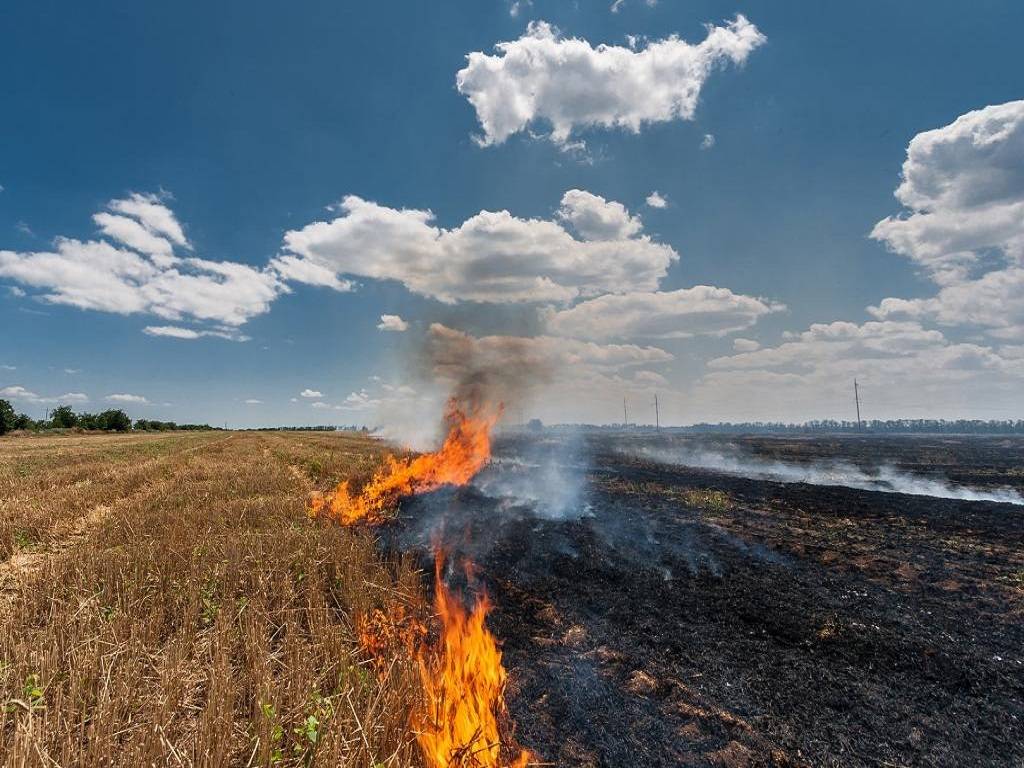
Incidents of stubble burning have come down in Haryana as farmers are adopting new ways to deal with agricultural residues.
The stubble burning issue has become a hot topic of discussion these days as it has deteriorated the air quality index of Delhi NCR after Diwali. Primary schools have been closed while offices have been asked to work from home after the AQI of Delhi reached a ‘severe’ level last week.
Farm residues converted into fodder
Farmers in Haryana`s Rohtak choose to change stubble into fodder, decreasing the quantity of stubble-burning incidents withinside the country.
“We will not burn stubble now as leads to pollution. The government is buying our stubble at Rs 5,000 per acre. We can now buy fertilizers and seeds with the money,” a local farmer told media.
Deputy Commissioner of Rohtak Yadav Yashpal said that stubble burning in Haryana has decreased substantially in the past few years because of the efforts made by farmers along with the state authorities.
Yadav further said that “Haryana government’s continuous efforts in the past 3 to 4 years of providing alternate ways to farmers has helped in reducing stubble burning incidents by 23 to 24 per cent.” He said that those found burning stubble will have to pay environmental compensation charge.
Incidents of stubble burning have come down significantly in Ambala because of government subsidy on happy seeder machine. A farmer told they get Rs 1000 per acre and the stubble works as manure in the field that enhances the yield.
On Saturday, the air quality in Delhi continued to remain in the ‘severe’ category for the 3rd consecutive day in a row.
Besides this, Noida and Gurugram recorded an AQI of 529 and 478 respectively at 7 am in the morning. Both regions were in the highly toxic ‘severe’ category. West Delhi’s Dhirpur area recorded an AQI of 534.
Residents of Delhi and the National Capital Region complained of choking and eye burning due to smog and air pollutants leaving humans gasping for breath.
















